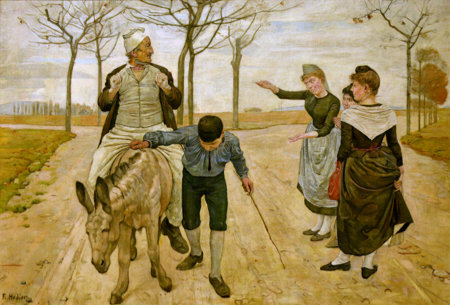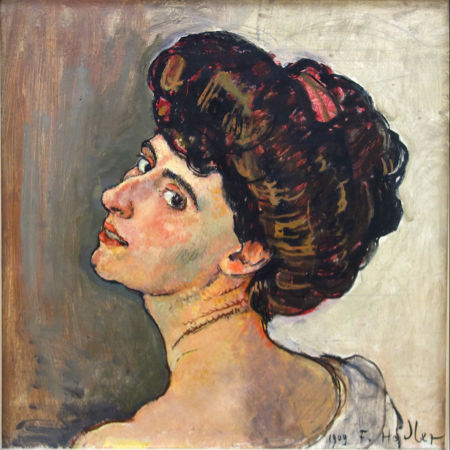Short Film of Ferdinand Hodler




Ferdinand Hodler
Brief Biography
The Swiss artist Ferdinand Holder was born in Bern in Switzerland in 1853, the eldest of 6 children. The family was poor and at the age of 9 young Ferdinand Hodler worked to help his stepfather paint commercial signs. In 1867 he was sent to Thun, Switzerland to work with the local painter Ferdinand Sommer who taught him to paint alpine scenes, often copied from prints and sold to the tourist market.
In 1871 aged 18, Ferdinand Hodler travelled to Geneva to study to become an artist under painter Barthelemy Menn. His painting at this time consisted mainly of Swiss landscapes, figure compositions and portraits, painted in a very vigorous realistic style, much influenced by the French Realist painter, Gustave Courbet.
However, from 1890 his work evolved, absorbing influences from many genres, particularly Symbolism and Art Nouveau. Ferdinand Hodler filled his canvases with monumental and simplified flat figures, often displaying ritualised gestures, and composed with rhythmic and repetitive lines, forms, and colours. An artistic style he referred to as Parallelism.
Ferdinand Hodler was married twice, but in 1908 he met Valentine Gode-Darel, who became his mistress. He was passionately in love with her, but in 1913 she was diagnosed with cancer. Hodler spent many hours by her bedside drawing her. This resulted in a remarkable series of paintings which documented her gradual decline and eventual death.
In 1908 the Swiss National Bank commissioned Ferdinand Hodler to create two designs for their new paper currency. Controversially, he chose not to create images of famous men, but a wood cutter and a reaper instead. Both notes eventually appeared in circulation in 1911. In 1914 he condemned as an atrocity the use of artillery at Rheims, France by the Germans. In retaliation German art museums removed Hodler’s work from display. Ferdinand Hodler died on the 19th of May 1918 in Geneva.
